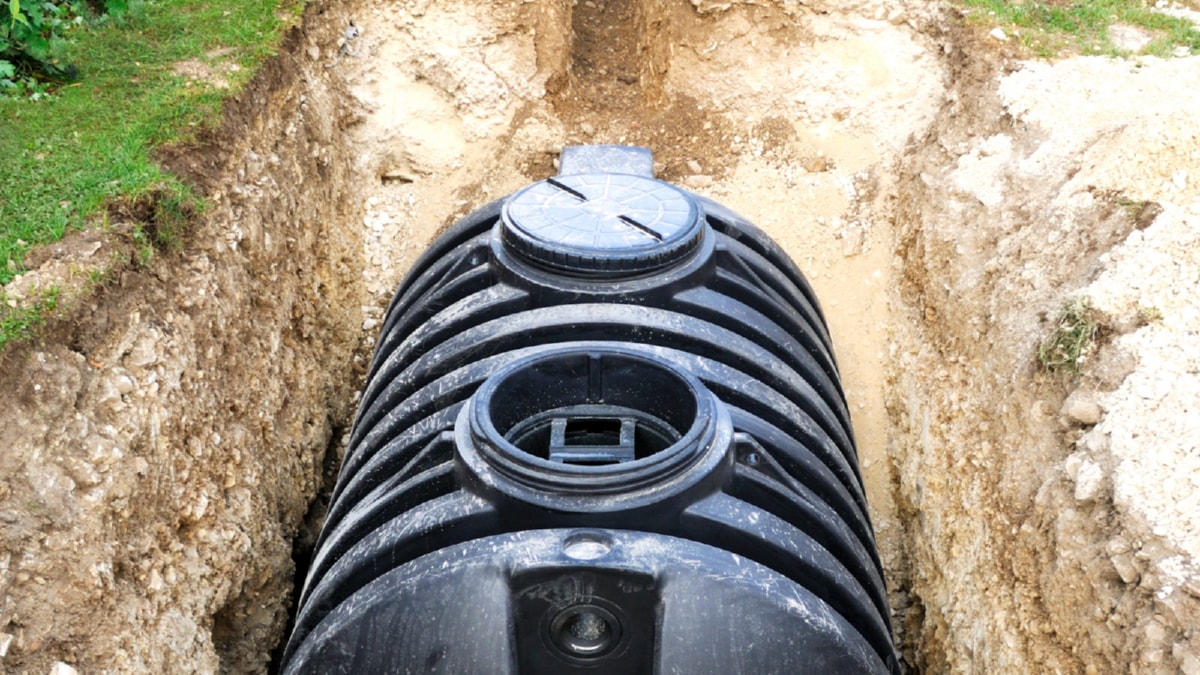The construction industry has undergone significant transformation within the last few decades, with green building techniques playing a pivotal role in this evolution. These sustainable practices aim to minimize environmental impact, promote energy efficiency, and enhance the quality of life for occupants, thereby revolutionizing the construction sector.
Green building techniques have introduced a more sustainable approach to construction, focusing on resource efficiency and environmental preservation. Traditional construction methods have often been criticized for their significant contribution to environmental degradation, including air and water pollution, waste generation, and deforestation. However, green building techniques, such as the use of renewable materials, energy-efficient designs, and waste reduction practices, have substantially mitigated these environmental impacts.
One of the most significant impacts of green building techniques is the reduction in energy consumption. Green buildings incorporate various energy-efficient features like solar panels, high-performance windows, and improved insulation to reduce the reliance on non-renewable energy sources. These features not only minimize the environmental footprint but also lead to substantial cost savings in the long run. A study conducted by the U.S. Green Building Council found that green buildings on average reduced energy use by 30%, resulting in significant financial savings over the building’s lifespan.
Beyond energy efficiency, green building techniques also focus on water conservation. This is achieved through the installation of low-flow water fixtures, rainwater harvesting systems, and greywater recycling, leading to a significant reduction in water use. As per a report by the World Green Building Council, green buildings can reduce water usage by up to 50%.
Another key aspect of green building techniques is the emphasis on improving indoor environmental quality (IEQ). This includes measures to enhance air quality, access to natural light, and thermal comfort, all of which contribute to the well-being and productivity of the occupants. Research has shown that occupants of green buildings report higher levels of satisfaction, health, and productivity compared to those in conventional buildings.
In addition to environmental and health benefits, green building techniques also make economic sense. While the initial investment can be higher than traditional construction, the lifecycle cost of green buildings is often lower due to reduced energy and water consumption, lower maintenance costs, and enhanced durability. Furthermore, green buildings tend to have higher property values and attract more tenants, providing a competitive edge in the market.
Lastly, green building techniques are contributing to job creation and economic growth. The demand for skilled professionals in green building design, construction, and operations is on the rise, opening up new opportunities in the job market. According to a report by the U.S. Green Building Council, the green construction industry is expected to generate 3.3 million jobs in the U.S. by 2022.
In conclusion, green building techniques are revolutionizing the construction industry by promoting environmental sustainability, enhancing occupant well-being, and driving economic growth. As we continue to face the challenges of climate change and resource scarcity, the adoption of green building practices is not just a trend, but a necessity for the future of construction.
For more details, check best masonry services or visit their business listing here.



